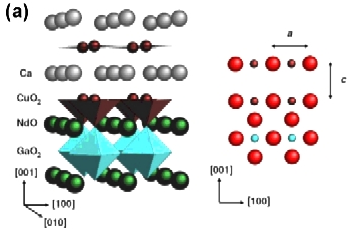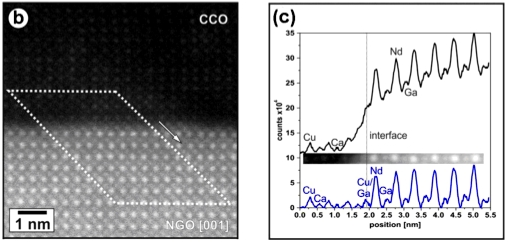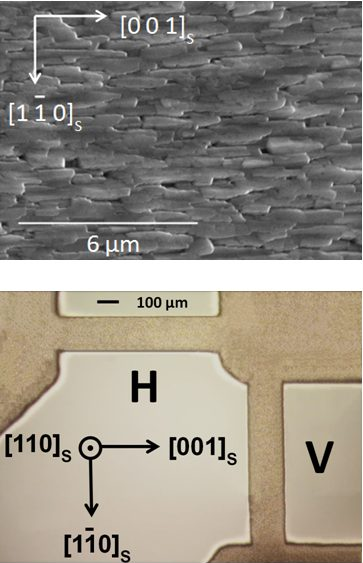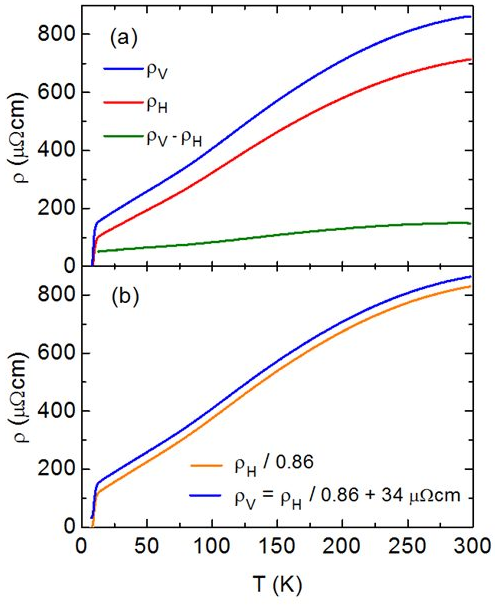Working Group Thin Films and Interfaces
Current research interests:
|
|
Interfacial Transport Properties of Oxide Heterostructures
Recent technical advances in thin-film technology, especially PLD, have enabled the atomic-scale synthesis of epitaxial complex oxide heterostructures such as multilayers and superlattices of perovskite oxides.
Compared to their conventional semiconductor counterparts, these oxide heterostructures offer even more opportunities to uncover new quantum states at their interfaces, owing to a subtle interplay between spin, charge, lattice, and orbital degrees of freedom in these complex oxides.
The observation by Hwang (Nature 427 (2004) 423) and Mannhart and Triscone (Science 317 (2007) 1196) that the interface between the insulators LaAlO3 (LAO) and SrTiO3 (STO) is metallic and even becomes superconducting has triggered enormous interest.
The transport properties at the interface of LAO/STO heterostructures were found to be very sensitive towards the oxygen partial pressure during film growth.
Regarding the strong confinement of the quasi two-dimensional electron-liquid, applying pressure to the heterostructure should strongly affect the transport properties as well.
Thus, transport measurements under hydrostatic pressure seem to be very interesting.
Besides the strong electronic anisotropy due to the confinement of the 2D electron gas, electronic anisotropies can be generated at the interface which might be of great interest with respect to applications in the field of spintronics.
In this context we also investigate 3d, 4d and 5d transition metal oxides which show strong spin-orbit coupling.

|
| (a) Interfacial structure of CaCuO2 on NdO-terminated NdGaO3. |
|

|
(b) HAADF-STEM cross-sectional image of CaCuO2/NdGaO3 prepared by PLD.
(c) Element sequence (intensity scan) along the dashed line in (b) before and after background subtraction.
|
|
Electronic Transport in FeSe films
Thin films of the novel unconventional superconductor FeSe with Tc = 8 K were grown on (110) oriented single-crystalline SrTiO3 substrates by means of sputtering.
Their crystallographic structure and surface morphology were investigated by x-ray diffraction and scanning electron microscopy.
The films grow epitaxially on the substrate with crystallographic c-axis perpendicular to the substrate plane and uniform orientation of the a- and b-axes.
The films consist of plate-like crystalline grains featuring a remarkable uniaxial alignment. This leads to a distinct anisotropy of the electric resistivity which can be explained quantitatively by a theoretical model based on a particular grain boundary structure.
Comparing measurements of the magnetoresistance, upper critical field and critical current density with or without application of a magnetic field are performed.

|
Upper figure: Microstructure of the FeSe films: Grains with preferential orientation
Lower figure: Patterned microbridges H and V. |
|

|
| Anisotropic specific resistance of the FeSe films and modeling. |
|




